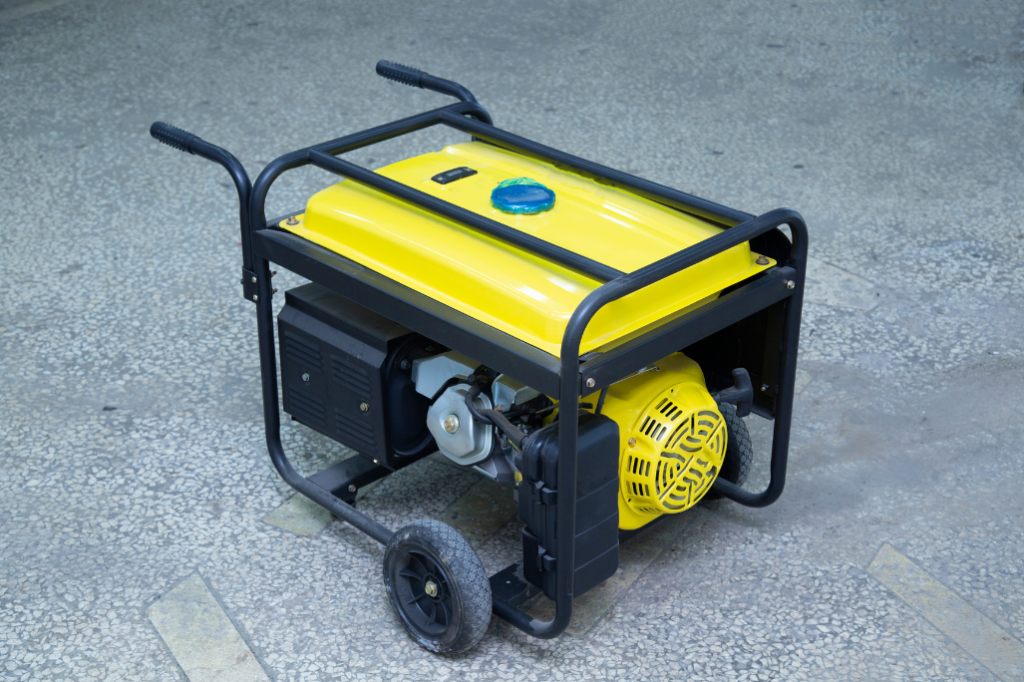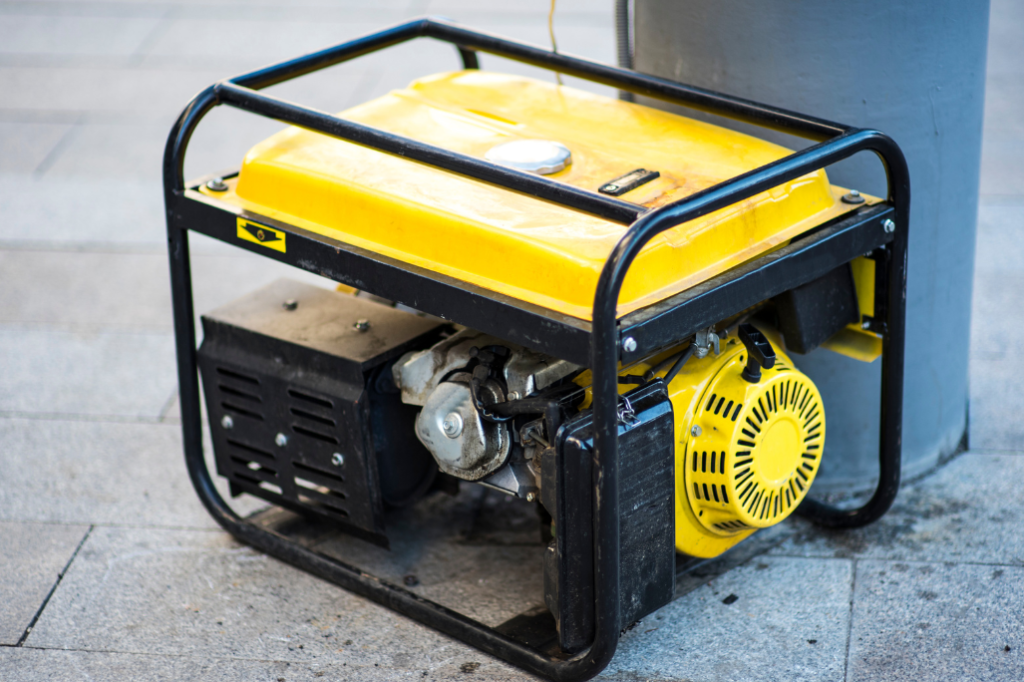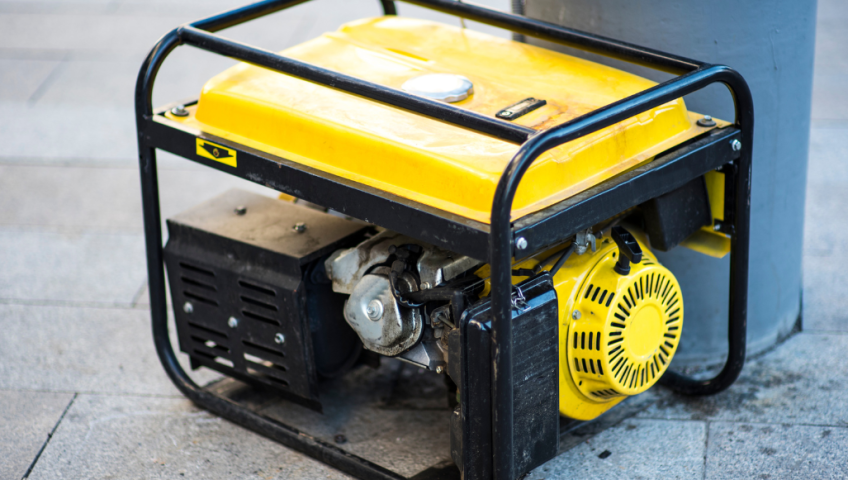Power Out? Here’s Why a Transfer Switch Matters
When the power goes out, a backup generator can keep everything from the fridge to the furnace running—but not on its own. It needs a transfer switch to step in and take charge. This essential device connects your generator to your electrical panel and controls how and when your power source switches. Whether you’re looking for full automation or prefer to be hands-on, choosing between an automatic or manual transfer switch depends on your specific needs.

What Does a Transfer Switch Actually Do?
A transfer switch safely reroutes your electrical load from the utility grid to your generator. Without one, using a generator can be dangerous or even illegal due to the risk of backfeeding—sending power back into utility lines, endangering utility workers, and damaging appliances. A transfer switch keeps the transition clean, compliant, and easy, eliminating the guesswork during a blackout.
Automatic Transfer Switch (ATS): Fast, Seamless, Worry-Free
An automatic transfer switch constantly monitors your utility power. The moment it senses an outage, it:
- Starts your generator automatically
- Transfers the electrical load
- Switches everything back once grid power returns
Why homeowners and businesses choose an ATS:
- Speed: Transfers power in seconds, even if you’re away.
- Safety: No extension cords or manual switching.
- Convenience: Ideal for critical systems—think homes, medical facilities, data centers, or rental properties.
- Bonus: Pairing an ATS with a whole-house generator provides uninterrupted protection with zero input from you.
Manual Transfer Switch: Budget-Friendly and Hands-On
A manual transfer switch requires someone to be present to:
- Start the generator
- Flip the switch to transfer power
- Switch back when the outage is over
Why it works for some users:
- Lower upfront cost: More affordable and simpler to install.
- More control: Great if you prefer to manage when the generator runs.
- Perfect for non-critical applications: Think vacation cabins, sheds, workshops, or properties that don’t require constant power.
Installation: What to Expect
Whether automatic or manual, transfer switch installation should always be handled by a licensed electrician. Here’s how they differ:
- ATS installation is more complex, especially with standby generators or whole-house systems. It may involve programming, load testing, and more.
- Manual transfer switches are quicker and less expensive to install, making them attractive for smaller setups or portable generators.
Maintenance: Keeping It Reliable
- Automatic switches include sensors and electronics that benefit from regular testing and occasional part replacement. An annual inspection is recommended.
- Manual switches are simpler and tend to be low-maintenance. Still, periodic checks ensure everything works when you need it.
Which One Is Right for You?
Ask yourself:
- Do you need instant power when you’re not home?
- Are there critical systems like medical equipment or refrigeration?
- Do you want zero manual work during outages?
If you answered yes, an automatic transfer switch is likely your best option.
On the other hand, if:
- You’re around during outages
- You want to save on equipment and installation
- Your power needs are occasional and minimal
…a manual switch is probably the better fit.

Ready to Upgrade or Install a Transfer Switch?
Whether you’re adding a new generator or improving your current setup, ROS Electric has the tools and expertise to get it done right. Our licensed electricians install both automatic and manual transfer switches and will help you choose the best fit for your property, budget, and peace of mind.


Write a Comment